tick life cycle canada
Female adults die after egg-laying is. Generally adult female hard ticks breed while on the host animal and then drop to the ground to.

Alberta Ticks Cling On Through Wintry Weather Cbc News
Hard ticks are commonly found in Canada.
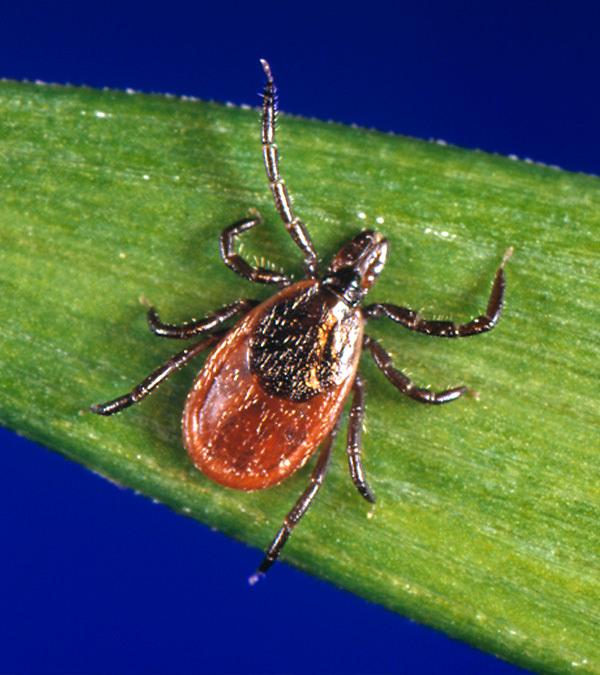
. Some tick species spend their entire lives on one host while others will have up. Some female ticks lay one large batch of eggs before dying while others will lay a few smaller batches before reaching the end of their life span. Ticks that require multiple molts before reaching maturity can take up to three years to reach full adulthood.
Eggs Larvae Nymph and Adults. The life cycle of a tick is completed after four stages namely egg larva nymph and adult it requires more than a year to complete a full life cycle. They are abundant in the province of Ontario.
In general eggs hatch in the spring when the ground thaws. Now that we better understand the tick lifespan lets explore more about the interesting life cycle of a tick. Dogs are the preferential host and.
The Rocky Mountain wood tick is a three-host tick a new host being sought for each one of its three feedings which occur over a period of 1 to 3 years. They can survive on large mammals such as humans livestock dogs cats. Stages in the Life Cycle of Ticks.
Larva nymph and adult. All active stages of the tick life cycle require blood meals to continue their development. Releasing very tiny larvae.
It is found mainly in Quebec and Ontario. Sexual dimorphism is evident only in the adult stage. Usually rodents and other small animals serve for the first two feedings and large animals such as deer cattle dogs sheep and humans serve as the host for the last feeding.
The Ixodes scapularis ticks that transmit Lyme disease in Eastern regions of the United States and Canada have a two-year life cycle. At each stage ticks require a blood meal to survive and develop. The female tick then leaves the host and.
The First Stage egg The adult female tick first fulfills a proper blood meal then the process of mating occurs between an adult male and adult female tick. This life cycle includes four stages. The tick life cycle lasts typically anywhere from 1-3 years.
These ticks have four stages of the life cycle. Different Types of Ticks in Ontario Canada American dog tick or Dermacentor variabilis. Egg larvae nymph and adult.
Some tick species spend their entire lives on one host while others will have up. One female tick can lay more than a thousand eggs either brown or red in color. Ticks have four stages in their lives namely.
Each stage of the life cycle requires a blood meal to develop and eggs typically hatch into six-legged larvae after a period of four to 10 days. There has been an increased incidence of this parasite as more dogs are traveling with their owners to tropical and semi-tropical destinations and then bringing the ticks back home. A tick begins its life as an egg.
Inside or out ticks love a warm environment to lay their eggs. Ticks will reproduce sexually and typically find mates by feeding on a host. A tick goes through a similar life cycle as other arthropods as the metamorphosis starts at the egg stage moves to larval stages then to the nymphal stage and finally to adult.
In Canada you will most likely spot the black-legged breed popularly known as the deer tick. Once a tick has reached maturity its sole purpose is to reproduce. At this stage of life these small ticks about 18-inch in size have six legs instead of the eight legs they will have later on in their lives.
Thus reference to a male or female automatically implies that the individual is. The entire life cycle of the tick can take up to 3 years to complete and is comprised of four distinct life stages. Female ticks lay thousands of eggs on the ground which then hatch into larvae known as seed ticks.
Egg Larva Nymph and Adult. All ticks have four life cycle stages the embryonated egg and the three active stages larva nymph one or more and adult. A female tick is capable of laying more than a thousand eggs.
This is a three host tick with each stage leaving the host to moult prior to finding another host. Each life stage will find a host starting with small rodentsbirds then moving on to larger mammal and feed for several days then fall to the ground to molt into the next stage. Ticks lifecycle begins at the egg stage then proceeds to the larval stage nymphal stage and lastly the adult.
These are the egg the larva the nymph and the adult. A male tick will die soon after mating. After female ticks complete their 2-3 year life span they often lay their batch of eggs in the spring.
Usually rodents and other small animals serve for the first two feedings and large animals such as deer cattle dogs sheep and humans serve as the host for the last feeding. Ticks have 4 life stages. As the pictures above depict ticks have 3 life-stages.
Tick Control And Disease Prevention Deerbusters Canada

Tick Identification Atlantick Repellent Products

How Ticks Work Tick Life Cycle Ticks Life Cycles
Transmission Canlyme Canadian Lyme Disease Foundation

Keep Your Family Safe This Summer By Knowing All About Ticks Tick Prevention Tick Safety And How To Safely Remove Ticks On T Ticks American Dog Ticks On Dogs

The Countdown To Peak Tick Season Has Arrived The Weather Network
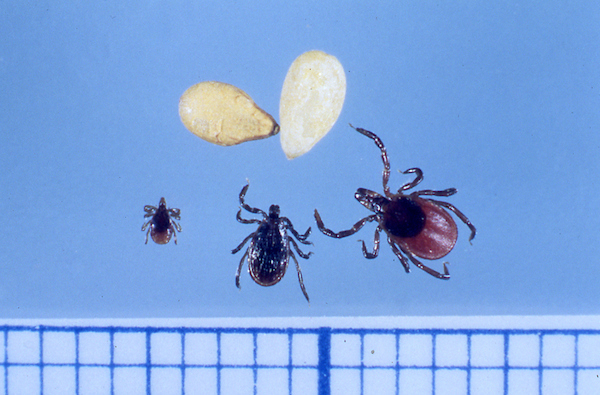
Tick Info Photos Lyme Disease Association

Pin By M Navajeevan On Parasitology Life Cycles Humanoid Sketch Life
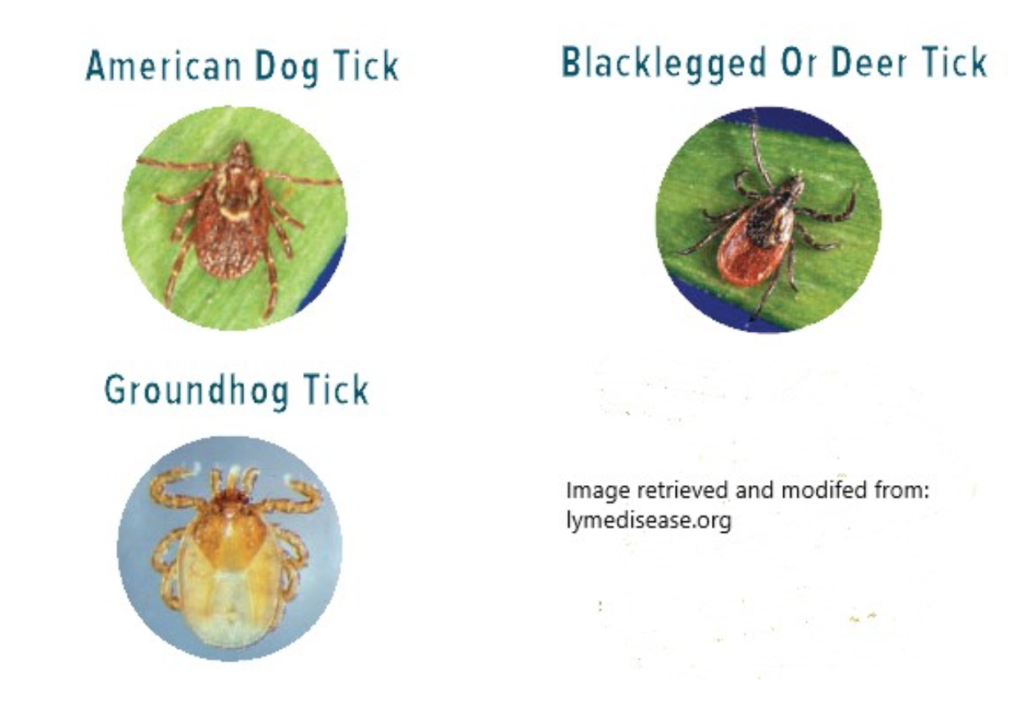
Ticks Lyme Disease And Our Pets St David S Veterinary Clinic
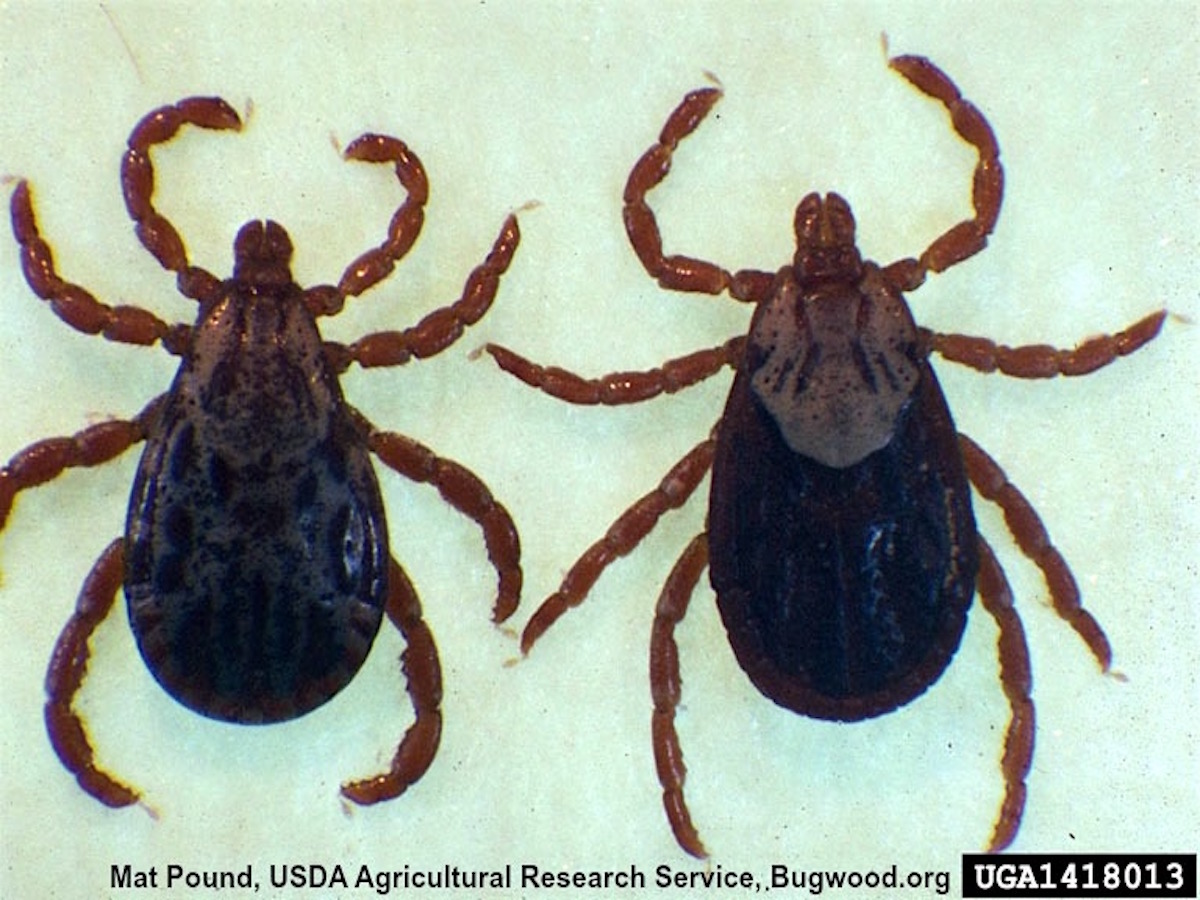
Rocky Mountain Wood Ticks Bite Removal Of Wood Ticks

How To Grow Mint From Cuttings For An Endless Supply Lyme Disease In Dogs Ticks Lyme Disease

Tickencounter Resource Center Tick Identification Dermacentor Variabilis American Dog Tick Ticks American Dog Ticks On Dogs

Tick Information Facts Environmental Pest Control

Ixodes Dammini Whole Mounts Of Tick Nymphs Ticks Bed Bugs Nymph

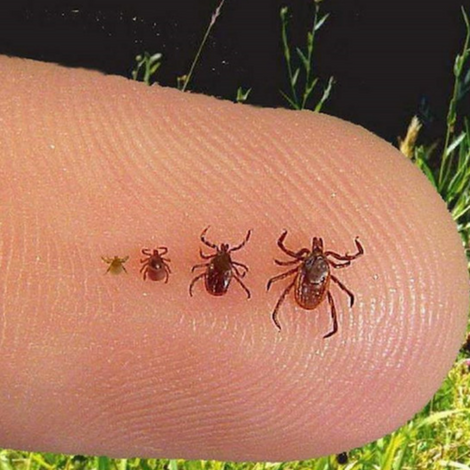
-05-18_at_35540_pm.jpg)
